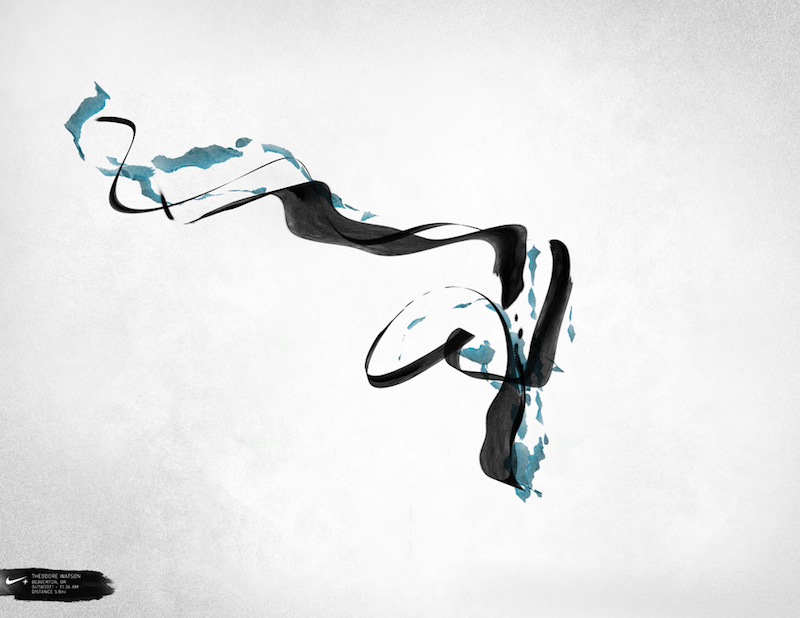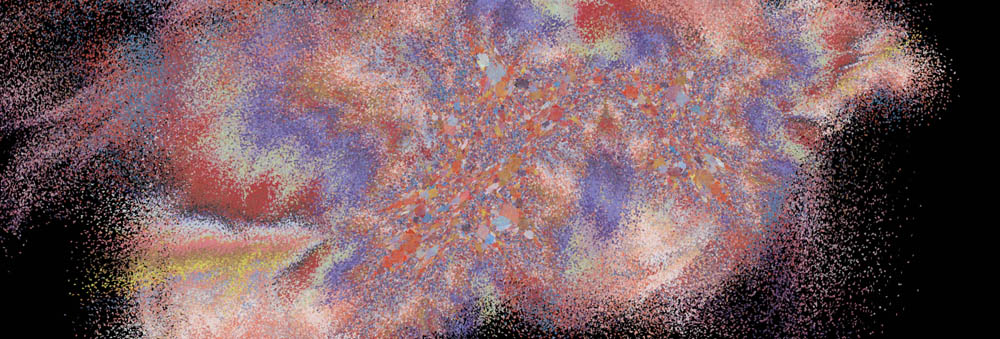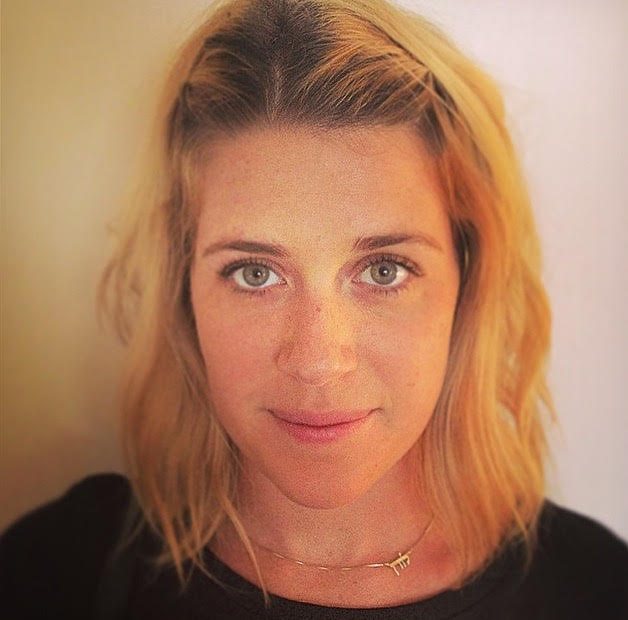By promoting technology as a canvas for both art and innovation, institutions like Nike, Google, and the Museum of Modern Art are spurring artists toward code as a new canvas for creating and displaying their work.
In 2014, Google collaborated with Barbican, Europe’s largest art and conference venue, to present Digital Revolution. The London-based exhibit summoned DevArt creators (artists, designers, musicians, architects, and software developers who use code as an artistic medium) to explore the impact of technology on global artistry over the past 40 years, and to demonstrate art forms made possible through code.
Google spotlighted French artists Cyril Diagne and Béatrice Lartigue for their project, Les métamorphoses de Mr. Kalia, which ran alongside the commissioned works of Zach Lieberman, Varvara Guljajeva, Mar Canet, and Karsten Schmidt. The duo was awarded a £25,000 stipend for their interactive, animated adventure, built around the theme of metamorphosis in the human body.
“The project invites gallery visitors to personify Mr. Kalia as he goes through many surrealistic changes,” writes Emma Turpin, DevArt Lead at Google Creative Lab. “The piece conveys feelings related to change, evolution, and adaptation. Mr. Kalia is brought to life through the use of a skeleton tracking technology, and uses Chrome apps and Google Compute Engine.”
Like Google, Nike has used the Internet of Things to capture and display artful data. Based on the movement of their athletic wear, the company commissioned artist and educator Zach Lieberman to collaborate with runners using Nike technology to track their fitness goals.
Lieberman created Nike + Paint With Your Feet using data from Nike+ GPS running shoes gathered during a two-day workshop at the company’s headquarters. The experiment visualized the speed, distance, and physical idiosyncrasies of each runner on a multi-axis painting, which was compiled by Lieberman’s custom software. Participants could modify the mapping and composition of their runs, and develop their unique journey in a high-resolution print.

The Museum Of Modern Art’s exhibition, Applied Design, used code to create art to engage both the exhibit and museum goers. Designer Tony Lee programmed a moving, dynamic title wall that connected the approximately 100 objects on display.
The guests were guided into the room through Lee’s animated projection, using icons of different pieces in the show to form the letters in the title. Instead of animating each icon by hand, Lee and his partner, David Yen, used Processing, an open-source programming language featured in the Applied Design exhibit, to bring the title to life.
The deepest understanding of code may be held by specialists, but the output—like art—can be appreciated by anyone. The possibilities of technology goes far beyond creating software, and languages like PHP, HTML, JavaScript, and Python are each used to display the conceptual aesthetics of DevArt.
Coding can be about more than just finding an in-demand, high-paying job—code itself is taking a place next to paint and canvas as a tool of artists.

